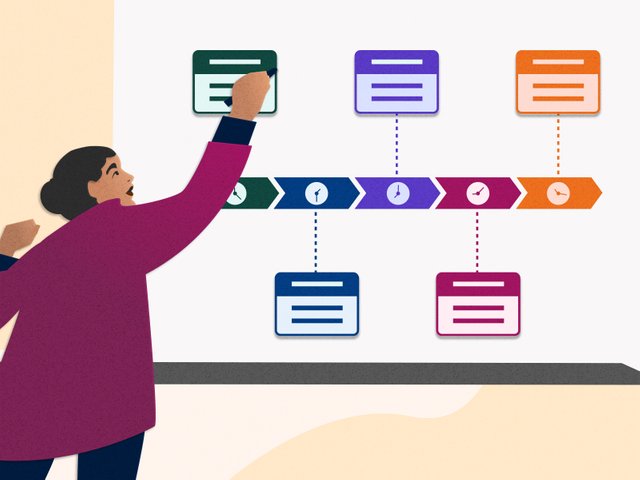The Art of Time Management: Maximizing Productivity
Learn how to improve productivity using basic time management principles.
Time management is often an overlooked aspect of productivity. It's a skill we all have to some extent, but most of us don't really put much thought into how we spend our time.

As an entrepreneur, you have plenty of things to focus on. But when you aren't focusing on your most important tasks, your business suffers. In order to get more done, you need to understand how you spend your time.
STEP 1: Set Goals & Write Down Your Priorities
Setting goals is the first step towards increasing productivity. For each goal, decide what you want to achieve. Write down your priorities so that you know what to focus on first.
STEP 2: Track Your Activities
The next step is to track your activities. Using a software like Toggl can help you keep track of your time spent on various tasks.
STEP 3: Improve What You Can
After you have tracked your activities, take a look at what you can improve. Don't necessarily make drastic changes at once. You'll probably notice a positive shift in productivity within a few weeks.
If you find that you aren't achieving much, try the following strategies. You may find that you can add more hours to your day without sacrificing quality.
Spend More Time Working On Your Project
It's often easier to work longer hours if you're focused on a specific task. So before you start working, try writing down the last thing you did and the next thing you'll do. That way you'll be working toward something specific, rather than wasting time on small tasks.
Take Breaks Often
Taking frequent breaks has been shown to increase productivity. Get up and stretch every hour or two. Go outside, visit the restroom, or even grab a snack. Whatever you do, keep yourself as fresh as possible.
Don't Procrastinate
One of the most common causes of procrastination is worrying about the future. Instead of worrying about whether or not you'll finish your project, you need to start by finishing the current project. Once that's finished, you can start working on the next one.